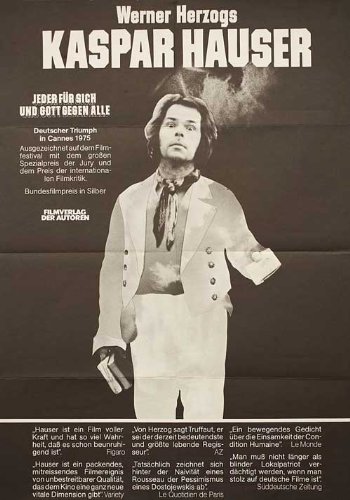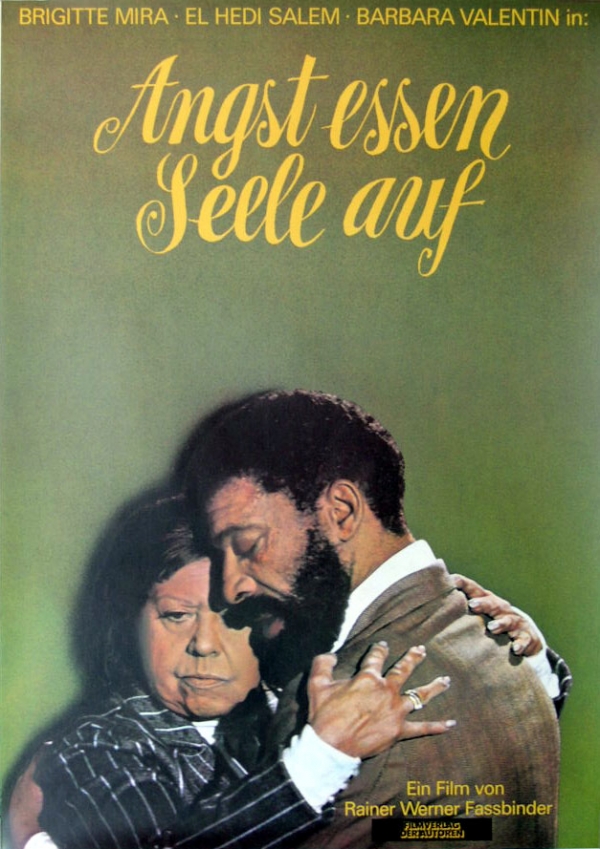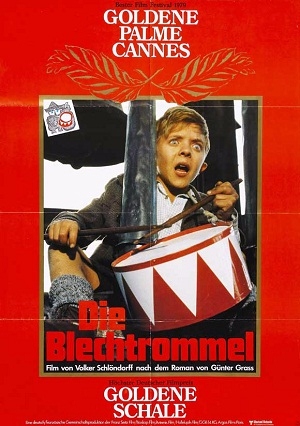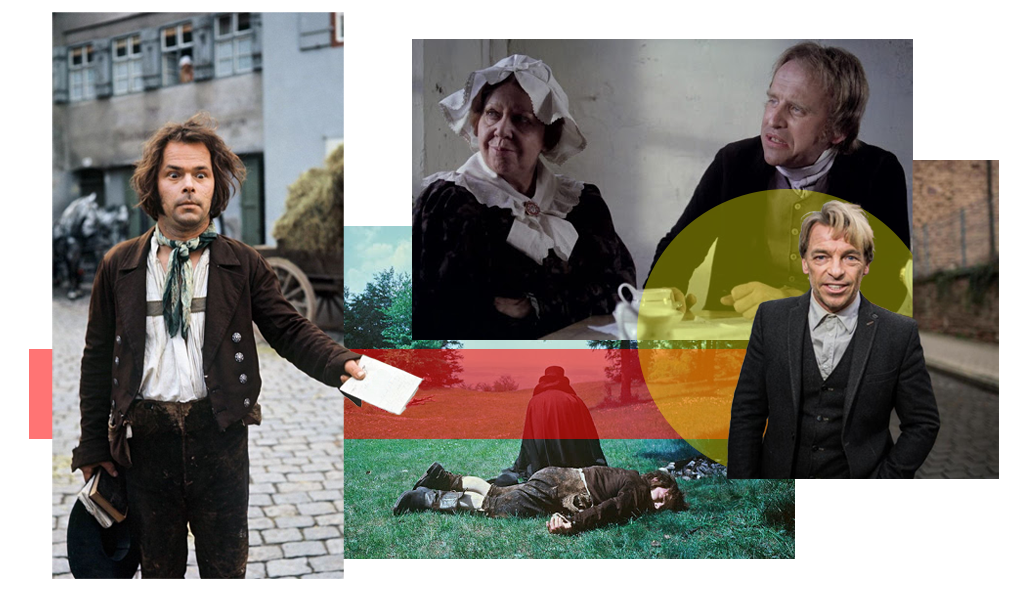 Mamoun would like to thank Dominic Power of the NFTS for inviting him to introduce Werner Herzog’s landmark movie, The Enigma of Kaspar Hauser on Monday 2nd November at the BFI Southbank in NFT2.
Mamoun would like to thank Dominic Power of the NFTS for inviting him to introduce Werner Herzog’s landmark movie, The Enigma of Kaspar Hauser on Monday 2nd November at the BFI Southbank in NFT2.
Mamoun has this to say about the New German Cinema:
It is a mystery how and why a country suddenly finds a distinct cinematic voice and creates a ‘new’ cinema. Political, social and economic factors provide only partial insights. In Europe, the ‘new’ cinema moved from Italy to France, to the UK (culturally colonised by Hollywood, we preferred ‘free’ over ‘new’) to Poland to Czechoslovakia and, in the 70s, to Germany, or, more significantly, West Germany.
 The creators of the New German Cinema – Werner Herzog, Rainer Werner Fassbinder, Margarethe von Trotta, Volker Schlöndorff , Werner Schröter and Wim Wenders, had diverse styles but collectively they were all radical-left/anarchist. At one end, Fassbinder was hostile to all institutions – and individuals as part of institutions – past and present; at the other end, Herzog focused on individuals whose obsessions, delusions, dreams, fantasies, aspirations made them impossible to assimilate – and led them to destruction.
The creators of the New German Cinema – Werner Herzog, Rainer Werner Fassbinder, Margarethe von Trotta, Volker Schlöndorff , Werner Schröter and Wim Wenders, had diverse styles but collectively they were all radical-left/anarchist. At one end, Fassbinder was hostile to all institutions – and individuals as part of institutions – past and present; at the other end, Herzog focused on individuals whose obsessions, delusions, dreams, fantasies, aspirations made them impossible to assimilate – and led them to destruction.
 The question that is rarely addressed is how the filmmakers were supported and financed: public funding from the Länder, the federal government and private sector support from television, film distributors and exhibitors ensured the flowering of the talents of the New German Cinema.
The question that is rarely addressed is how the filmmakers were supported and financed: public funding from the Länder, the federal government and private sector support from television, film distributors and exhibitors ensured the flowering of the talents of the New German Cinema.
 Herzog has to date written and directed 18 features, including epics shot in the Amazon. Fassbinder made 41 films, intimate in scale, in 14 years – 41 ‘personal’ films, while Lindsay Anderson, Tony Richardson and Karel Reisz together made only some 30 feature films in their entire careers. But then our investors didn’t like politics (still don’t) – they followed Sam Goldwyn, who said: ‘If you want to send a message use Western Union’. Commercial viability was (and is) their only criterion. And we know how certain that is…
Herzog has to date written and directed 18 features, including epics shot in the Amazon. Fassbinder made 41 films, intimate in scale, in 14 years – 41 ‘personal’ films, while Lindsay Anderson, Tony Richardson and Karel Reisz together made only some 30 feature films in their entire careers. But then our investors didn’t like politics (still don’t) – they followed Sam Goldwyn, who said: ‘If you want to send a message use Western Union’. Commercial viability was (and is) their only criterion. And we know how certain that is…

